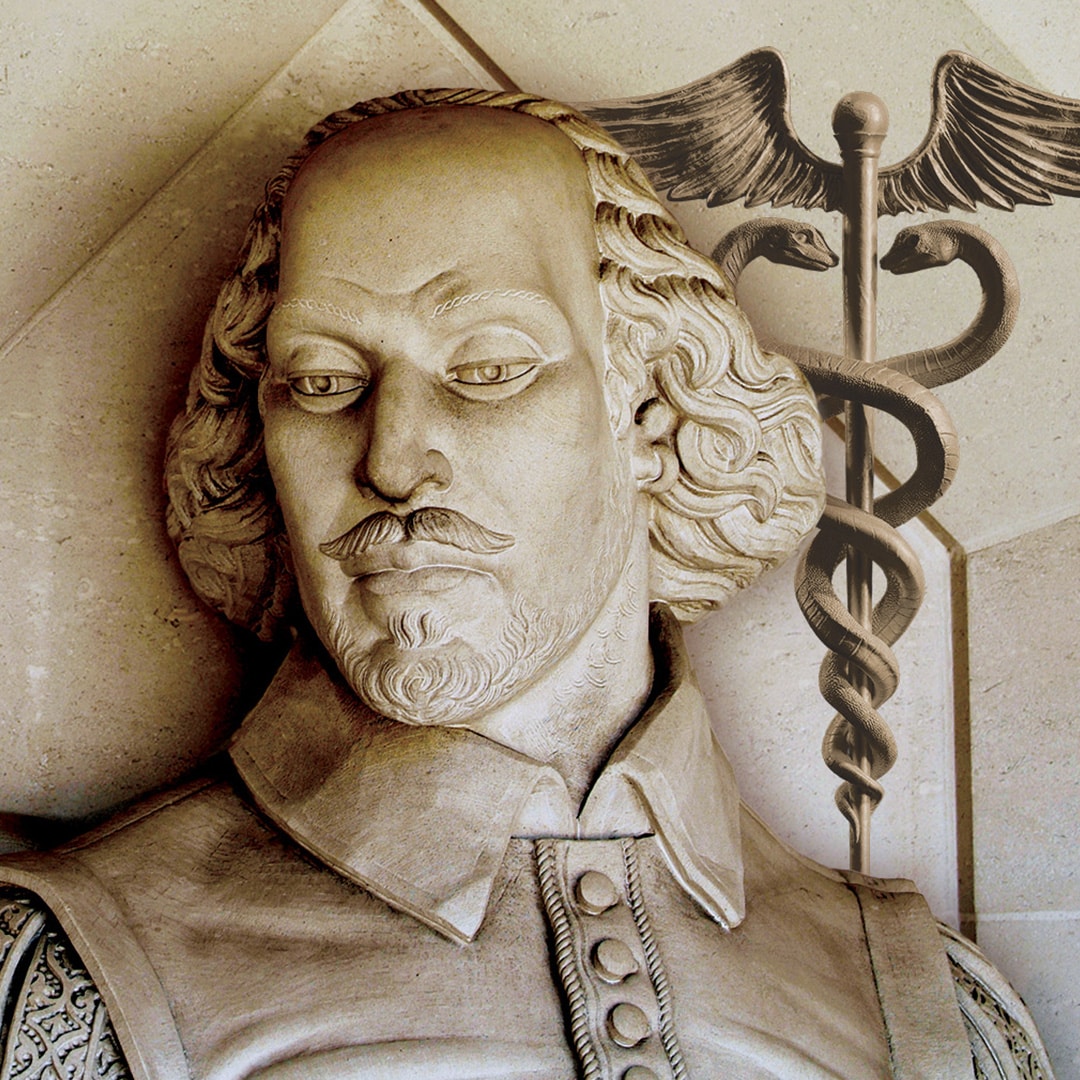Louis Pasteur treated disease of wine
Studied the role of germs in milk and beer
In far distant Glasgow Lister would opine
Germs also enter wounds, the basic fear
Of those owning legs that surgeons attend
Creating sepsis the best could not stop
They came in the air and instruments ends
Along the floor, within duster and mop
Lister’s solution, a new solution
A phenol, carbolic, killing the germs
Antisepsis, to address their pollution
Ease the troubled minds in the surgeon’s firms
Lord Lister changed the habits of lifetimes
For Glasgow and the world in those hard times
Backstory
In the 1860s the French scientist Louis Pasteur worked on the role of microorganisms in fermentation processes in beverages such as beer, wine and milk, and in the causation of some human diseases. In Glasgow, Scotland, the young Regius Professor of Surgery at the University of Glasgow read Pasteur’s “Recherches sur la Putrefaction” and proposed that the same processes involved in fermentation were also associated with wound sepsis.
Joseph Lister was born in England in 1827 and qualified in medicine at University College, London, in 1852, moving first to Edinburgh and then becoming that Regius Professor in Glasgow at the age of 33. As a senior surgeon in Glasgow he had responsibility for the male accident ward where around 50% of patients undergoing leg amputation died of sepsis at that time. He monitored patients with either simple fractures of the leg or compound fractures, where the bones were exposed without the protection of intact skin, noting a huge difference in the rate of sepsis, or infection. He started using carbolic acid compounds on surgical wounds, as ‘antiseptics’ and achieved remarkable results. He recognized that the microorganisms that caused sepsis were often, but not uniquely, air-borne and he devised techniques to protect surgical wounds from contamination whatever its origin. Although his results were outstanding he had difficulty in conveying his ideas to contemporary surgeons until the late 1870s. Once they were convinced, he became a prominent public figure, becoming knighted and then created a peer, Joseph Lister, Baron Lister of Lyme Regis.


